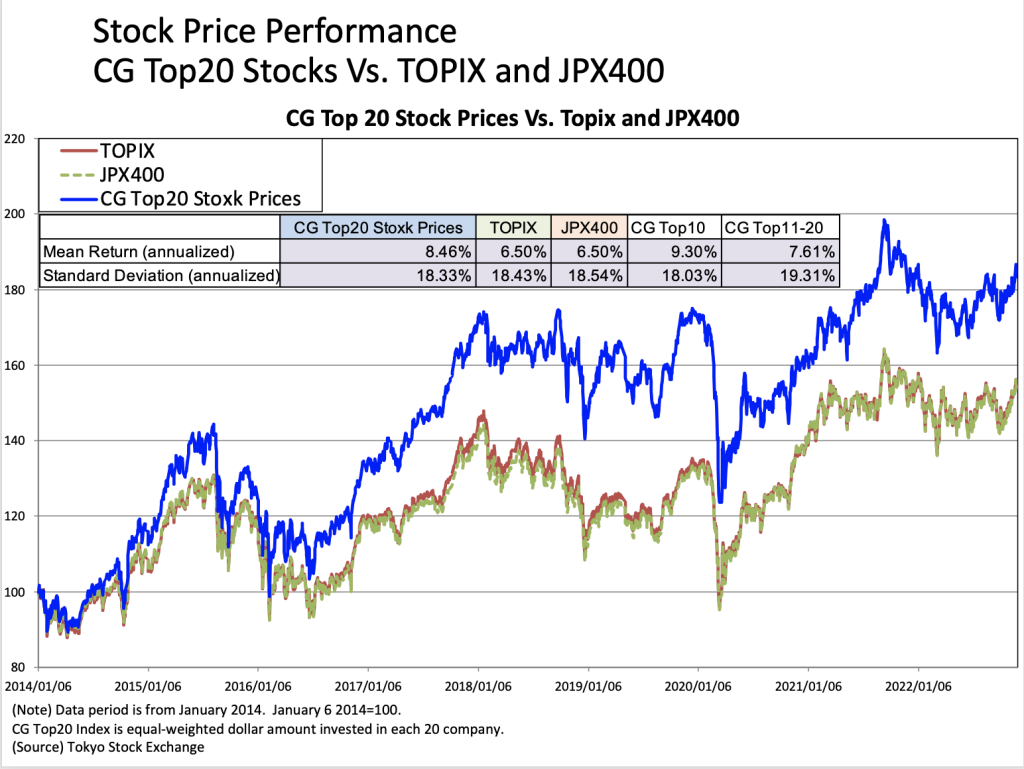
However, like a large iceberg, what goes on beneath the surface could be more important. These large corporations cannot act in isolation: their supply chains are full of and depend on the work of small- or medium-sized enterprises (SMEs). And according to the World Bank’s data, these SMEs more than pull their weight in the global economy, comprising:
● 90% of worldwide businesses
● More than 50% of employment worldwide
● Up to 40% of GDP in emerging economies
● Seven out of every 10 new jobs in emerging economies
In reality, the cogs of business work well by being interconnected and interdependent. As such, SMEs have a huge — but currently understated and undervalued — role to play in the collective corporate effort to address the climate crisis and achieve net zero emissions by 2050 or sooner. It is time to turn the spotlight on the opportunities and
benefits these smaller and medium-sized businesses — and the world at large — would gain from taking meaningful climate action sooner rather than later.
Barriers to change
The links in supply chains are easy to spot. For example, a small company with vehicles for transporting its products will have Scope 1 emissions from those direct operations. However, those same emissions could form part of a much larger company’s Scope 3 emissions from indirect activity. So a simple environmental improvement by a small- or
medium-sized company, such as switching its vehicles to electric power or green hydrogen, could benefit the value chain.


